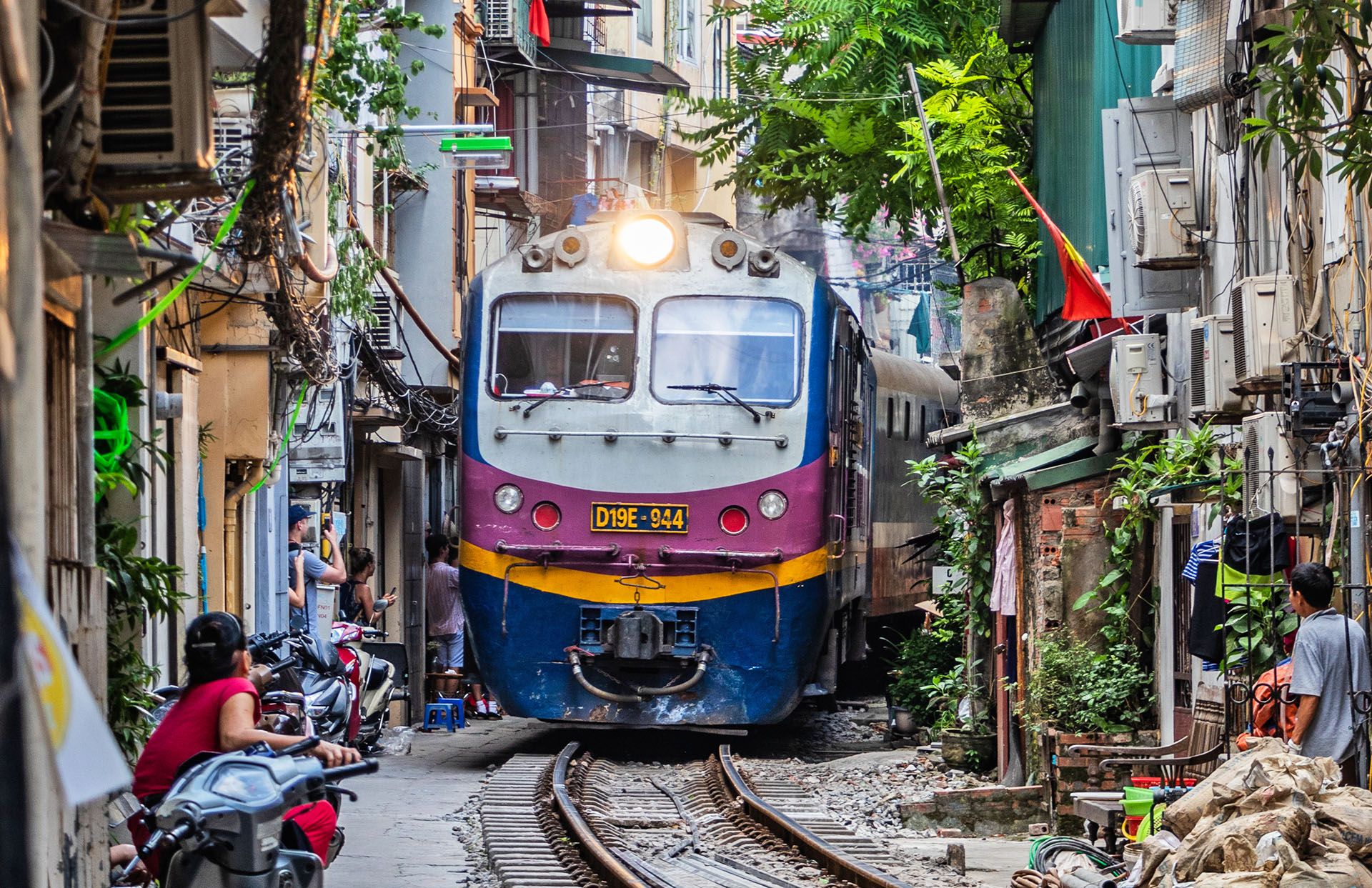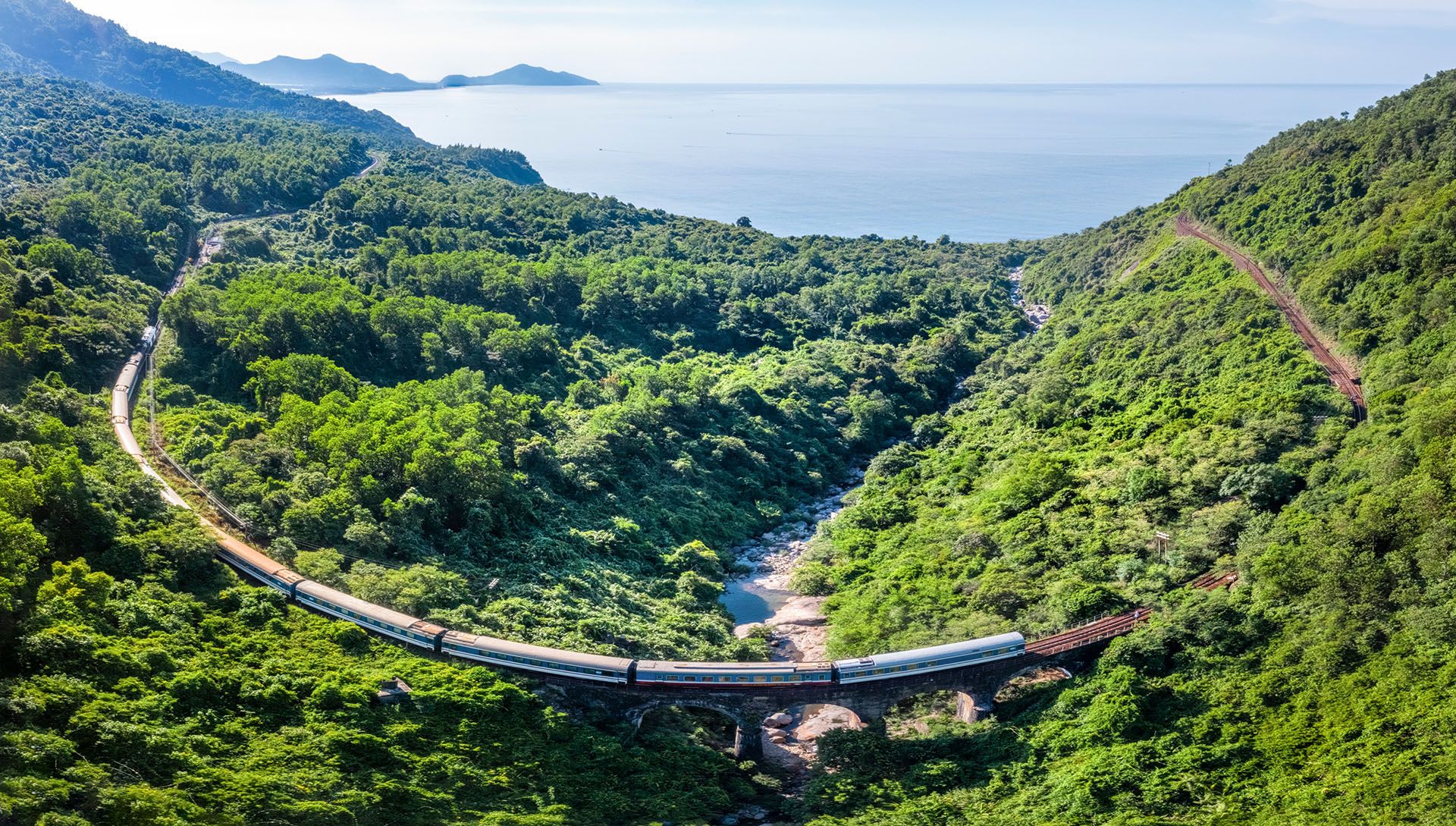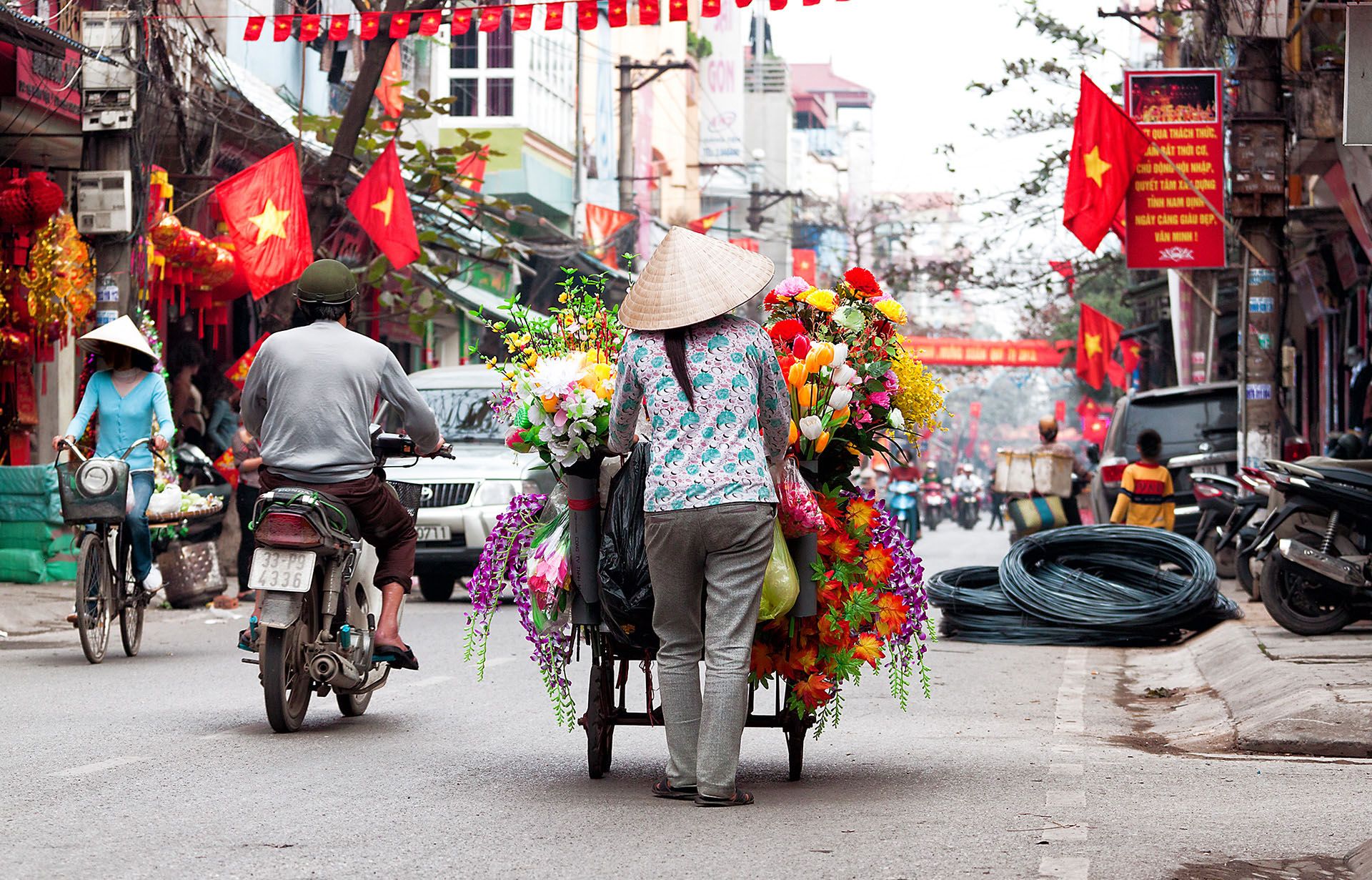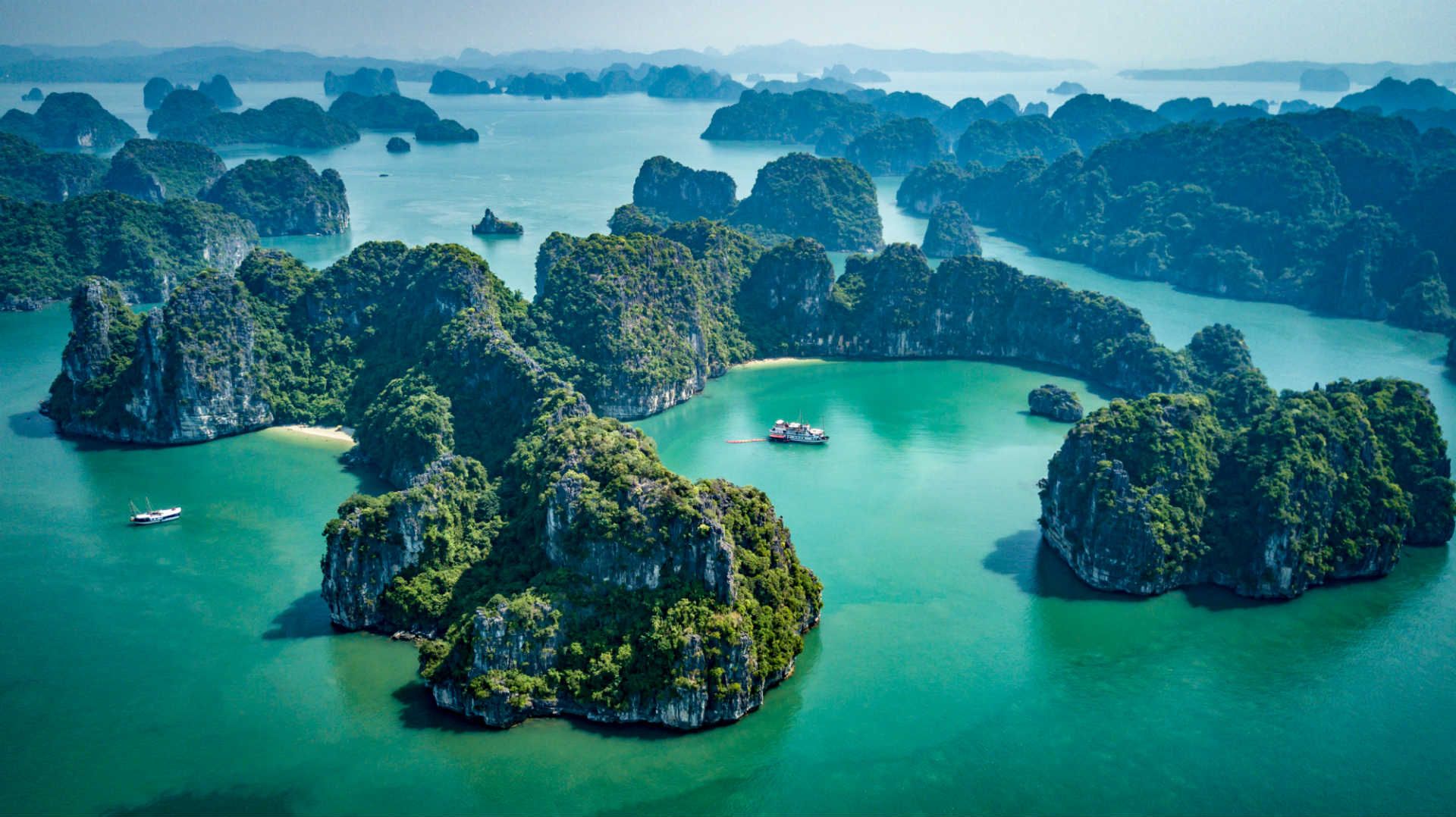People also ask
If you’re wondering how to plan a trip to Vietnam, I get it. I had the same questions before my trip. Looking back, there are things I’m glad I did and a few I’d plan differently next time. Here are some honest takeaways and thoughts for future travels, plus a few Vietnam travel tips I wish I’d known earlier.
What are the best beaches in Vietnam?
We didn’t make it to the beaches this time, but it’s high on my list for a future trip. While we focused on cities and cultural sites, other travelers we met raved about Phu Quoc for its laid-back vibe and Da Nang for wide, sandy stretches that are easy to reach. @
Personally, I would like to visit Con Dao Island next time, as I have heard that it is less crowded and more remote among the best beaches in Vietnam. After two weeks of busy sightseeing, I can see why building in a few beach days would be the perfect way to slow down.
Is Vietnam good for families and kids?
We weren’t traveling with kids, but I noticed plenty of families along the way. In Hoi An, especially, it seemed like an easy place to be with children; the old town is walkable, traffic is calmer, and there are lots of hands-on activities like lantern-making workshops.
In Hanoi and Ho Chi Minh City, I could see how the chaos might feel overwhelming, but parks and open spaces gave kids room to play. If I were planning Vietnam with kids, I’d definitely mix city time with smaller towns or countryside stays.
What is nightlife like in Vietnam?
We didn’t set out to explore the party scene, but nightlife in Vietnam has a way of finding you. In Hanoi, evenings in the Old Quarter felt electric: plastic stools spilling into the streets, bia hoi (cheap local beer) flowing, and a buzz that made the whole place feel alive.
In Ho Chi Minh City, we ended up on Bui Vien Street one night. It was neon-lit, loud, and crammed with backpackers, not my usual vibe, but worth experiencing once. Next time, I’d probably try a rooftop bar or riverside spot for something more relaxed.















